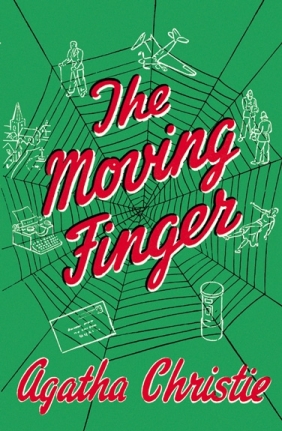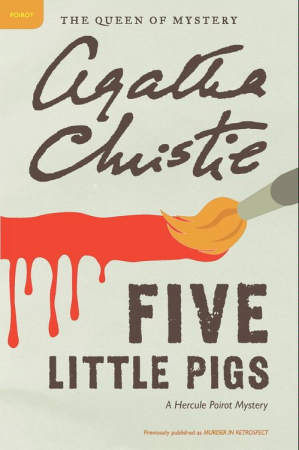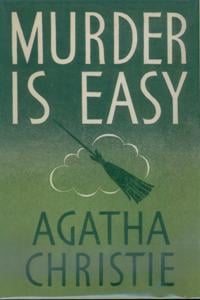
The Moving Finger is a Miss Marple mystery. Well, almost. Miss Marple does appear, mostly drinking tea and knitting and mumbling on about this person and that she is reminded of. To be honest, it would have worked as a plot without her.
The true stars of the book are Jerry and Joanna Burton, a brother sister who have moved to the small town of Lymstock. Jerry was a pilot in the war and is recovering from serious injury, and the pair thought that the quiet life in a small town would help his recovery. Anyone who has lived in a village or small town knows full well there is no such thing as the quiet life in these places, and that’s certainly true of Christie’s fictional world.
No sooner have they got rid of the last packing case and found the kettle, they start to receive poison pen letters accusing them of not being brother and sister, but lovers living in sin. Being Londoners and therefore far more sophisticated than the locals, as far as they are concerned, they burn it and think no more about it. The trouble really starts when it transpires everyone is receiving this nasty letters, and Mrs Symmington, the solicitor’s wife commits suicide after receiving one. Not long after their maid is found dead too.
The murders seem to put a metaphorical spring back in Jerry’s step, and he sets out to uncover the wrongdoer. It truly is a tangled web, and the culprit isn’t that easy to spot. I liked Jerry and Joanna very much, far more than I liked Tommy and Tuppance, and as with all Christie’s best works it has that juxtaposition of comfy English country life and cold blooded murder.
I remember this story from the marvellous BBC adaptations with Joan Hickson, but not sure how many will have heard of it otherwise. It’s a hidden gem.









